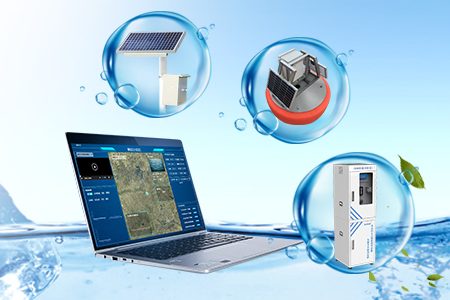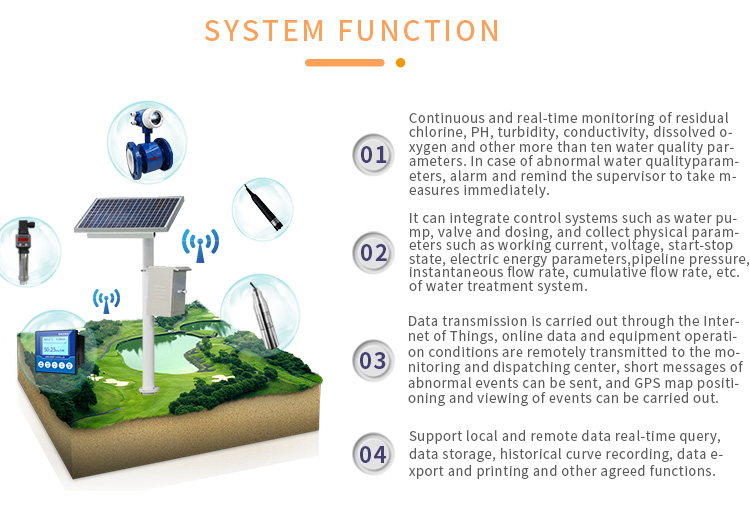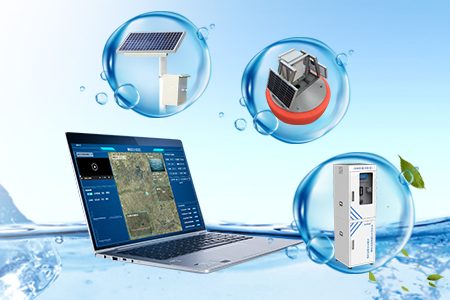Today, the world needs more water than ever before. Traditional water monitoring methods may soon get an upgrade through the smart Internet of Things and the collection of massive data. So what's stopping us? We will explore the challenges and answers of real-time digital water quality monitoring below.
With millions of devices being deployed across an increasing variety of locations and with a wider range of sensor inputs, this brings plenty of interesting possibilities for future sustainable societies. Real-time water quality management is an incredibly important aspect for any sustainable society and needs to be continuously monitored and improved, and any quality issues should be flagged at the earliest possible stage. At Ericsson Research, we are driving the evolution towards a sustainable and intelligent society by applying Internet of Things (IoT) solutions enabled with artificial intelligence (AI) capabilities.
In this blog, we look at how intelligent IoT solutions can be employed for real-time water quality monitoring and how, through important metrics and data, they can provide automated updates as to water quality for each intended recipient.

Why do we need real-time water quality monitoring?
The global availability of water resources has never been as scarce as it is today. At the same time, pollution levels in the water are imposing a bigger challenge than ever. Water is often becoming polluted without awareness; often due to the complex water distribution systems, where water is flowing in and out of the pipes.
Automated and real-time water quality monitoring solutions can provide timely information about water quality by directly processing the data collected from distributed monitoring mechanisms, thereby enabling quick responses to address potential leakages and water pollution incidents.
The challenges of monitoring water quality in real time
Real-time monitoring relies on the collection of sensor data, including low-quality raw data. This brings additional challenges when it comes to understanding and monitoring water quality. On one hand, measurement of water quality requires continuous monitoring over longer periods of time. On the other hand, in many cases the data describing the status or quality of the water has various restrictions when it comes to access privileges. Therefore, there is a need to be able to provide information to different parties, with different privileges and over extended periods of time.
In many regions in the world, raw data sets related to water quality cannot be obtained directly, mainly due to various regulations and data protection laws. In these cases, the required information is extracted manually which leads to a slow and cumbersome process. Thus, automated solutions are required to provide information on demand, without (or with as little as possible) human interference, to read and analyze the data and to provide insights into the data based on the privilege of the receiver.
Intelligence-enabled IoT offers a way to address problems such as these. This is done by establishing an end-to-end “data pipeline” to extract knowledge from raw data. It is a way to manage raw data and conduct knowledge in levels of availability to comply with data regulations.

How can intelligence-enabled IoT contribute to real-time water monitoring?
By deploying such knowledge pipelines, we can address water quality monitoring in an automated way. By utilizing distributed and automated analysis, data can be made available for processing without relying on human analysis or operations. Thus, insights can be provided even without manually accessing the data.
Provisioning data at different levels of availability allows the data to be served against a variety of cases. Some users require access to the raw data directly, other users need to access refined data with full details, whereas yet another set of users only require the final conclusion of the analysis. The design of such a knowledge pipeline can address all the needs of the different users.
Moreover, the knowledge pipeline provides a process to refine data, such that the raw data can be hidden and replaced by the extracted features or even only the final insights as the data passes through the knowledge pipeline. For example, in many cases when analysis is performed by humans, direct access to the raw data is not allowed due to various regulations. At the same time, the status of water quality or pollution levels should be available to the general public. With the restricted regulations, many data users are not able to access the sensor data collected by conventional IoT solutions, contradicting the public exposure of the information regarding the water quality and pollution. This problem can be solved by the automated knowledge pipeline, which automatically conducts analysis from the raw data and provides the information regarding water quality to the public, without depending on or interfering with the raw data analysis as the conventional data analyzing process does.







